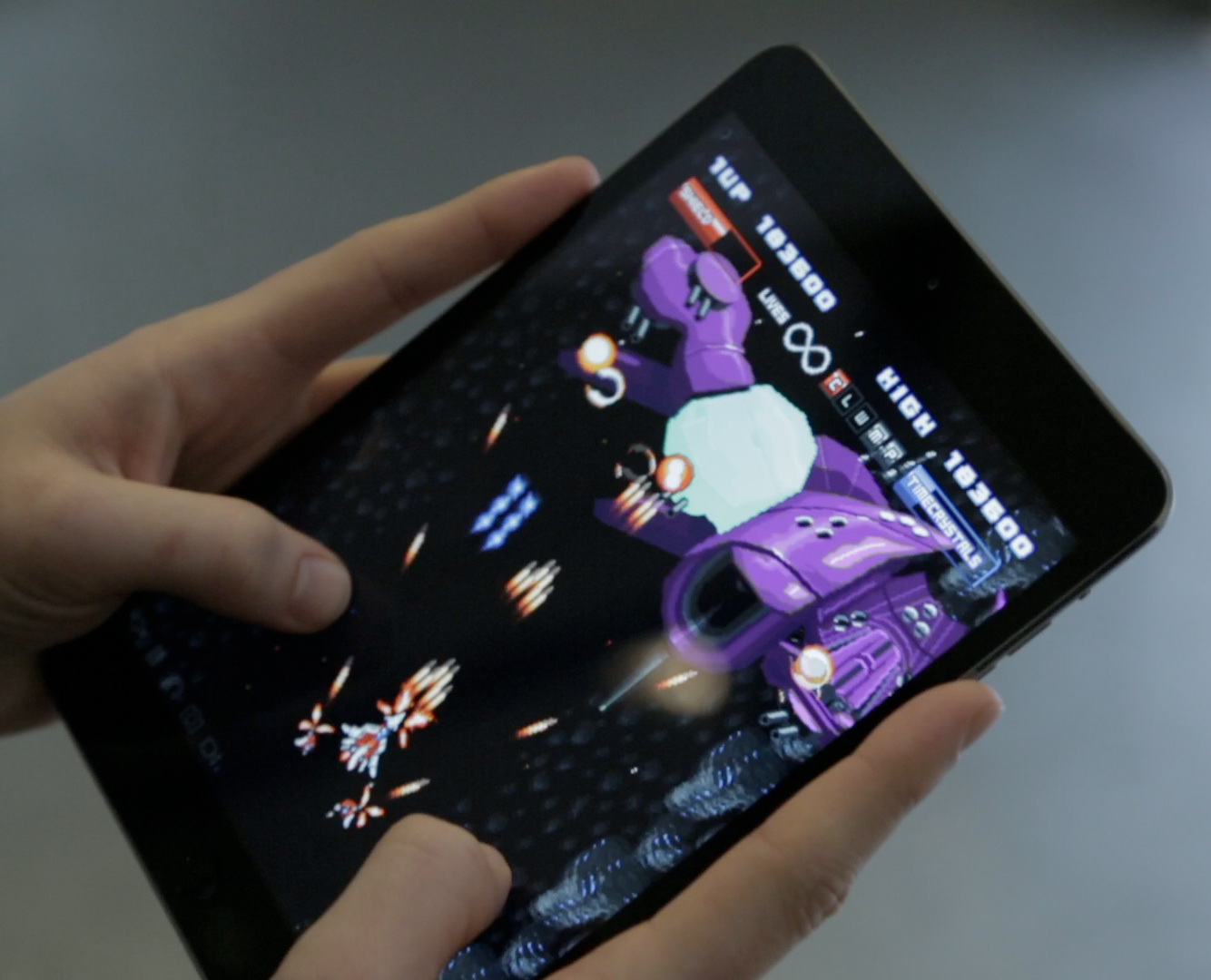
About a year ago, I was at lunch showing my long time friend, Odd Nydren, my game. It was about halfway finished (although I kept convincing myself I was weeks from finishing) and he loved it, but it was missing one crucial thing – the ability to share your progress in the game.
Now my friend is someone I had met through work, and out of professional respect for each other’s work, skills and mindsets, we became great friends. So when he tells me something I have to listen.
My initial reaction was to be scared. Not because I didn’t want sharing (it’s the opposite, sharing is crucial) but I didn’t know how to code that part.
It had taken all my energy and learning to create the game in a language I was comfortable coding in. And creating the share tools is a scary proposition as it requires coding in XCode – something I don’t have to do with my game thanks to Codea.
So nearing completion, I couldn’t put it off any longer. I had to get upstream of the problem and find a solution.
You don’t know ’til you ask
As I had already been in touch with the awesome developers behind Codea, I reached out again. They already loved the progress I had been making with my game in their app and so I asked if I could pay them to make the sharing code.
What happened next was wonderful. Simeon, one of Codea’s architects and developers said he’d love to create an open source sharing code that all users of Codea could use in their projects and so there was no cost.
This is a great example of where money isn’t always the reward. Simeon and the amazing people at Codea realise they have an awesome app and listen deeply to their users needs, tweaking and adding things we need to make our own games a success.
In a short space of time I had a piece of code sent to me that enables me to share a screenshot and a link to a Twitter post that the user can add a message to. And it was dead easy to integrate into my code.

Designing something worthy to share
So Simeon’s code takes a screen grab of your game and places it into a tweet. Now twitter has an image preview that is quite shallow in height, even though it is sharing a full screen screenshot.
The trick here was to design an image that fit the twitter preview size perfectly whilst conveying the game title and something dramatic.
Here with each boss defeated you see their image with a huge ‘X’ through over them. You get a sense of the game’s pixelart style as well as the imposing form of the boss itself.
The fact you have defeated them is impressive, and at the same time you’ve not given any spoilers away with your tweet giving off a sense of intrigue to future players.
Things like this make my indiedeveloper life so much easier to concentrate on making the game the best it can be.
And it makes it fun to see people share it too!












